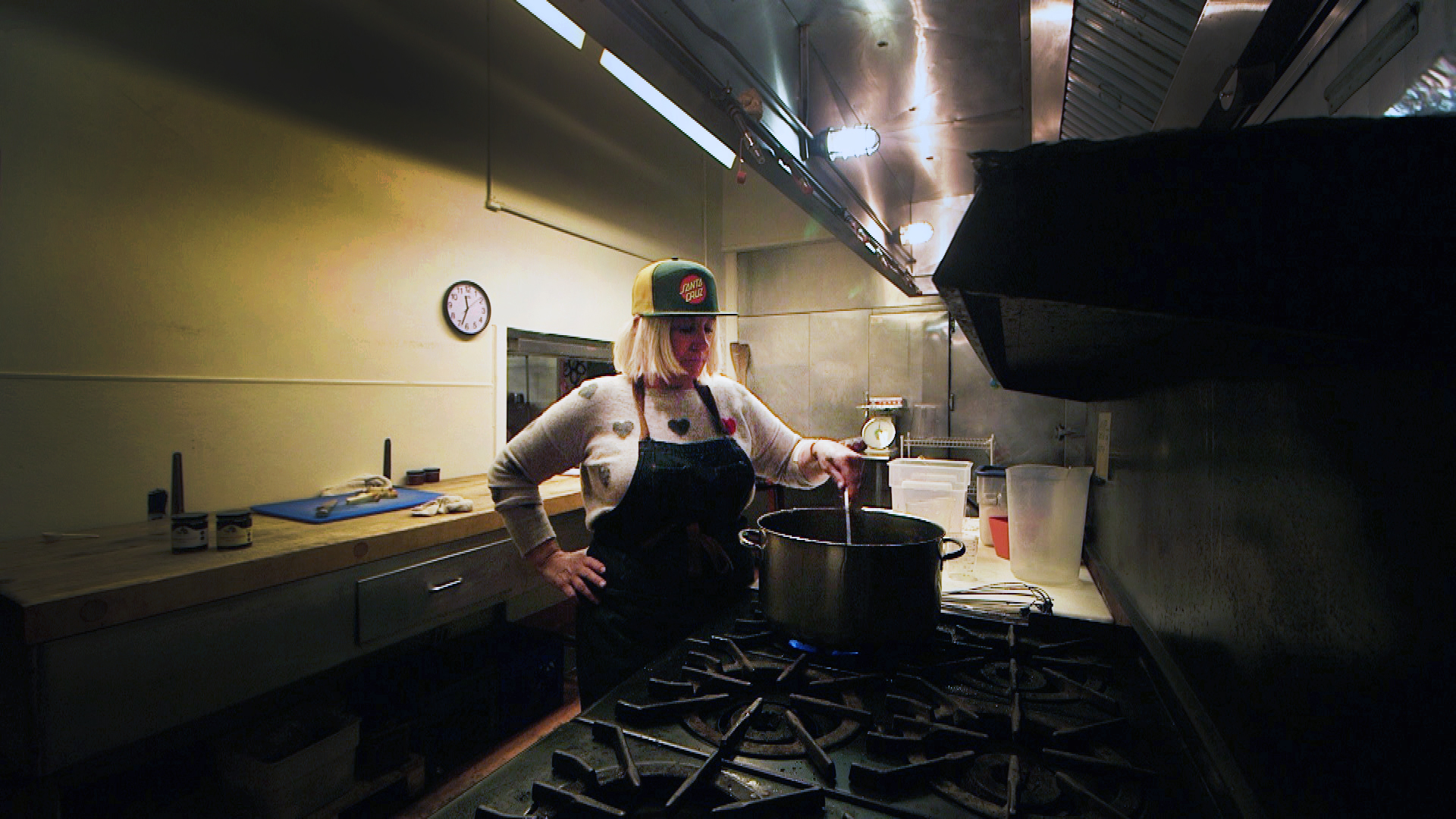An eight-justice Supreme Court could end up in a four-four draw, which will have major impact on a docket loaded with hot item cases.
Take, for example, a case about the Affordable Care Act and birth control drugs, which is actually seven cases rolled into one. This case challenges the ability of religious non-profits, like schools or hospitals, to not only opt-out of contraceptive coverage but also prevent third parties from offering coverage to affected women.
In this case, a tie would force all seven cases back to the lower courts, where decisions have been mixed.
"You might be left with a patchwork of, in some circuits this is the rule and in other circuits this is the rule," says Pratheepan Gulasekaram, a law professor at Santa Clara University.
Then there's the case of a Texas law requiring abortion clinics to meet the same medical standards as hospitals. In the event of a tie, the Texas abortion law would stay, since a U.S. circuit court upheld it.
"The case itself at the Supreme Court level has no precedential value," says Gulasekaram, "The lower court holding, or the highest federal court that heard the case, that ruling is going to stay."
Texas clinics providing abortions would get slashed from 40 to around 10.
Local
Meanwhile another marquee Texas case before the court, United States v. Texas, challenges President Obama's executive action on immigration, a series of measures shielding as many as 5 million undocumented immigrants from deportation.
Again, a tie reverts to the circuit court, which in this case put a freeze on the president's program.
An upcoming decision on affirmative action might not end in a split, because Justice Elena Kagan is recused. That leaves only seven judges, and the most likely outcome is a four-vote conservative majority.
That outcome would establish a precedent banning affirmative action.



